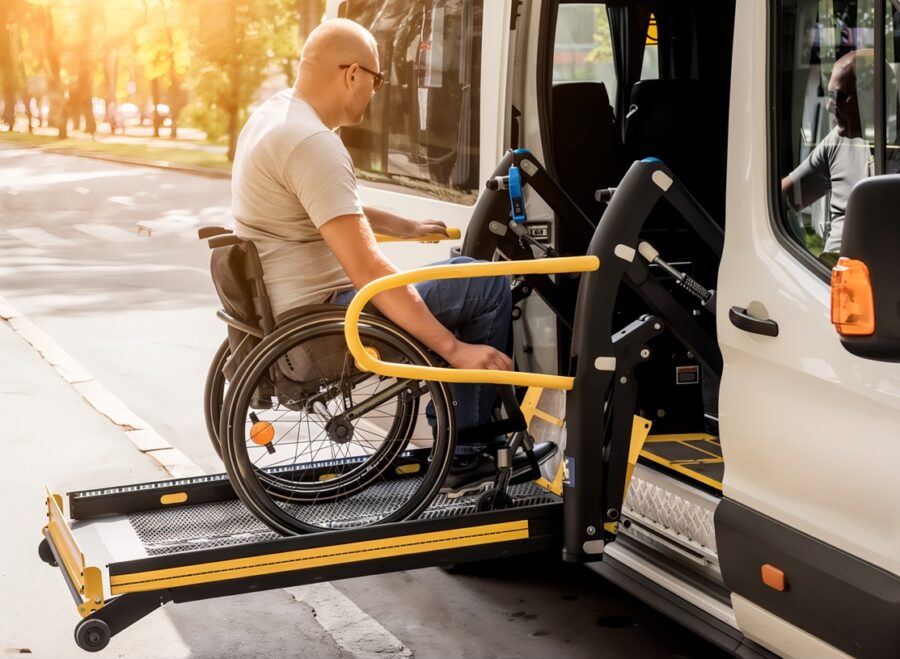NDIS Start Guide: A Step-by-Step Guide to Starting with the NDIS and Accessing Support for the First Time
Navigating the world of disability support can feel overwhelming, especially for those unfamiliar with the National Disability Insurance Scheme (NDIS). The NDIS provides crucial funding and services to help Australians with significant and permanent disabilities live more independent, fulfilling lives. However, understanding how to apply, what supports are available, and how the process works can be daunting for new applicants.
This NDIS start guide offers a straightforward, step-by-step approach to starting your NDIS journey. From eligibility and documentation to accessing early intervention options for children, we’ll walk you through each stage to help you confidently apply for the NDIS and secure the supports needed for a better quality of life.
Whether you’re exploring the NDIS for yourself or a loved one, this NDIS start guide will help you understand the essentials and get started on the path to support and independence.
1. Understand What the NDIS Is
The National Disability Insurance Scheme (NDIS) is an Australian government program providing support for Australians under 65 who have a permanent and significant disability. It helps individuals access services and supports to improve independence, participate in their community, and achieve personal goals.
2. Determine Your Eligibility
To qualify for the NDIS, individuals must meet specific criteria:
- Residency: Be an Australian citizen, permanent resident, or hold a Protected Special Category Visa.
- Age: Be under 65 years old when applying.
- Disability Requirements: Have a permanent disability that significantly affects daily life. This includes physical, intellectual, sensory, cognitive, or psychosocial disabilities.
Additional eligibility for those needing early intervention services is also available, focusing on reducing the long-term impact of disabilities for children and younger individuals.
3. Check for Early Childhood Early Intervention (ECEI) for Children (0-6 years)
For children under 7 years, the ECEI approach helps families access support even before an NDIS plan is in place. The ECEI provider will assess the child’s needs and may recommend supports through NDIS funding, community services, or both.
4. Gather Essential Documents
Documentation is crucial for the application process:
- Proof of Identity: Medicare card, driver’s license, or passport.
- Evidence of Residency: Utility bills, bank statements, etc.
- Medical Evidence of Disability: This can include assessments, reports, and letters from doctors or specialists that outline the diagnosis, impact, and need for support.
5. Apply for the NDIS
- Complete the Access Request Form: You can get this form from the NDIS website or by calling 1800 800 110.
- Submit Supporting Evidence: Medical and psychological reports, occupational therapy assessments, etc.
- Alternative Application: If unable to fill out the form, individuals can contact the NDIS directly to have the application done over the phone or by arranging a face-to-face meeting.
6. Work with an NDIS Planner
If the application is approved, an NDIS planner or Local Area Coordinator (LAC) will work with the individual to develop a plan. This involves:
- Setting goals for independence, employment, health, or other aspects of daily life.
- Determining the types of supports needed (e.g., therapeutic services, assistive technology, community activities).
7. Understand the Types of NDIS Supports Available
- Core Supports: Daily living needs such as personal care, meals, and household tasks.
- Capacity Building Supports: Services like therapy, skill development, and employment assistance.
- Capital Supports: Funding for assistive technology or home modifications.
8. Activate Your NDIS Plan
Once the plan is approved, it will be active for a year or the determined period. Participants should:
- Set Up a MyGov Account and link it to the NDIS portal to view the plan and manage funding.
- Connect with Service Providers: Identify approved providers, such as support workers or therapists, to access services.
9. Review and Manage the Plan
The NDIS plan is reviewed annually. During reviews, participants can discuss any changes to their needs or goals. Participants can work with a plan manager or support coordinator to navigate and manage their funding and supports effectively.
10. Tips for a Smooth Application Process
- Seek Help: Many organizations, like Unify Care & Support, offer guidance throughout the application and planning process.
- Document the Impact of the Disability: The NDIS assesses the impact of disability on daily life. Clearly documenting this helps in securing the necessary funding.
- Stay Organized: Keep all relevant documents, application dates, and contacts organized. This can ease communication with NDIS representatives.
Conclusion
The path to accessing the NDIS can seem complex, but with the right information and guidance, it becomes a manageable and rewarding journey. By following these steps—from understanding eligibility to submitting an application and developing your first plan—you’re taking a significant step toward accessing meaningful support and achieving greater independence.
Remember, the NDIS is there to help Australians with disabilities live fulfilling lives by providing tailored support, whether it’s assistance with daily tasks, building skills, or connecting with the community.
If you’re ever uncertain, reach out to trusted providers like Unify Care & Support, who can offer guidance and support throughout the process. With the NDIS, you or your loved one can access the resources needed to reach personal goals and improve quality of life. Take it one step at a time, and remember, support is available at every stage to help you make the most of what the NDIS has to offer.








